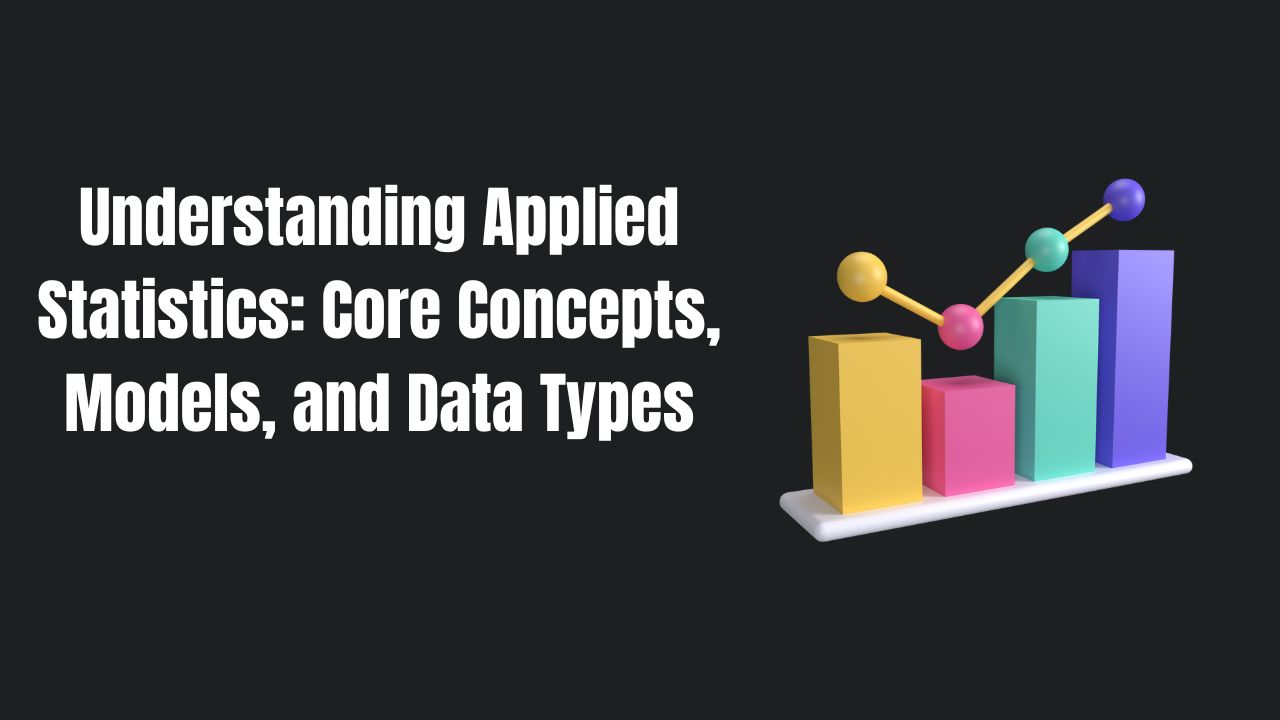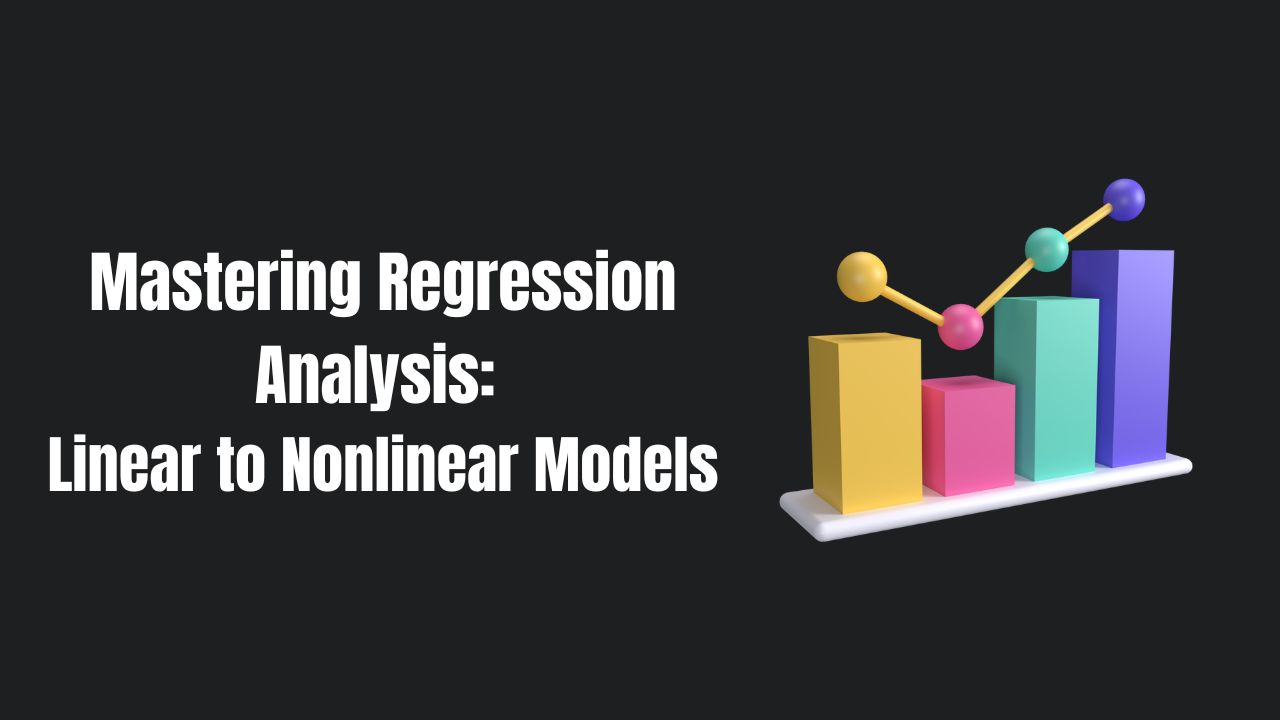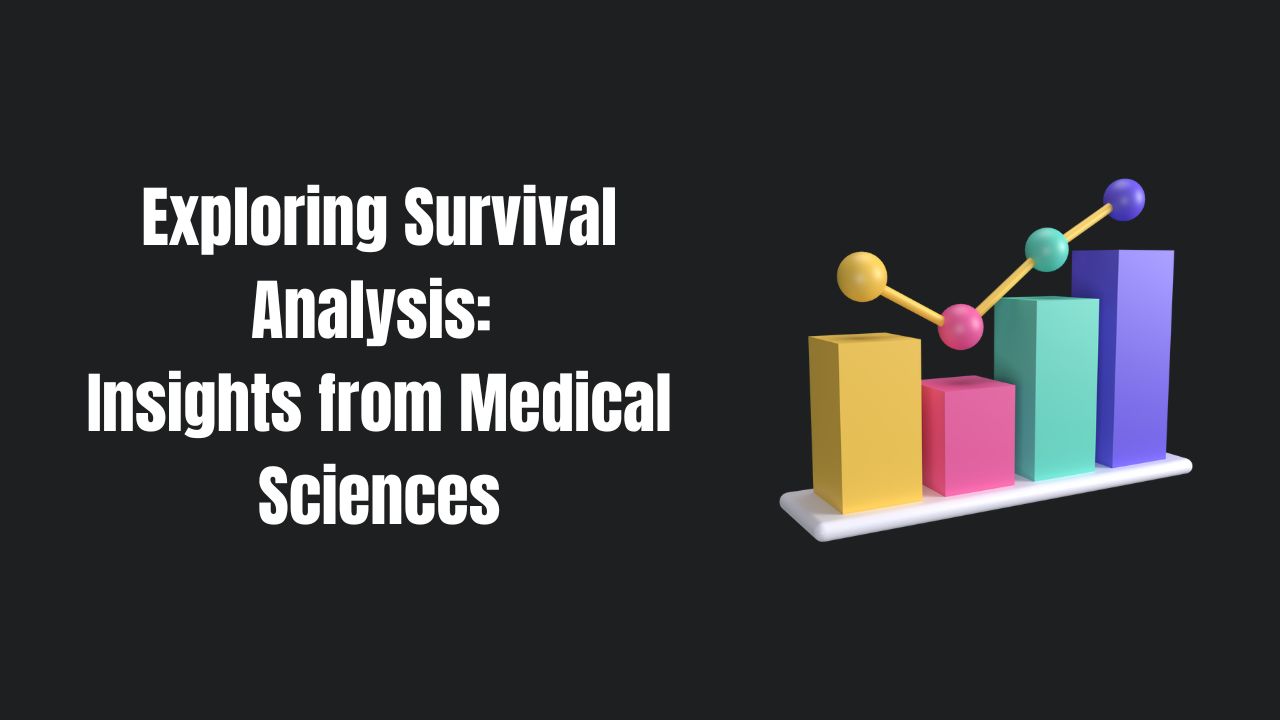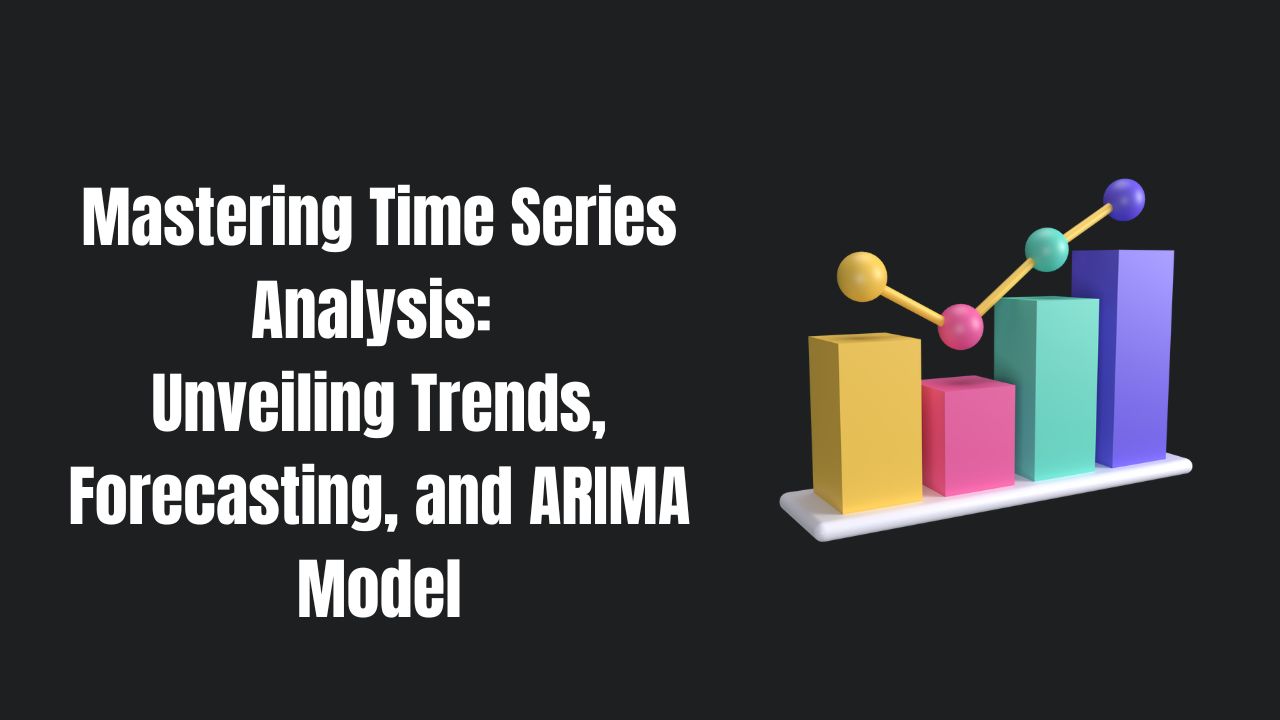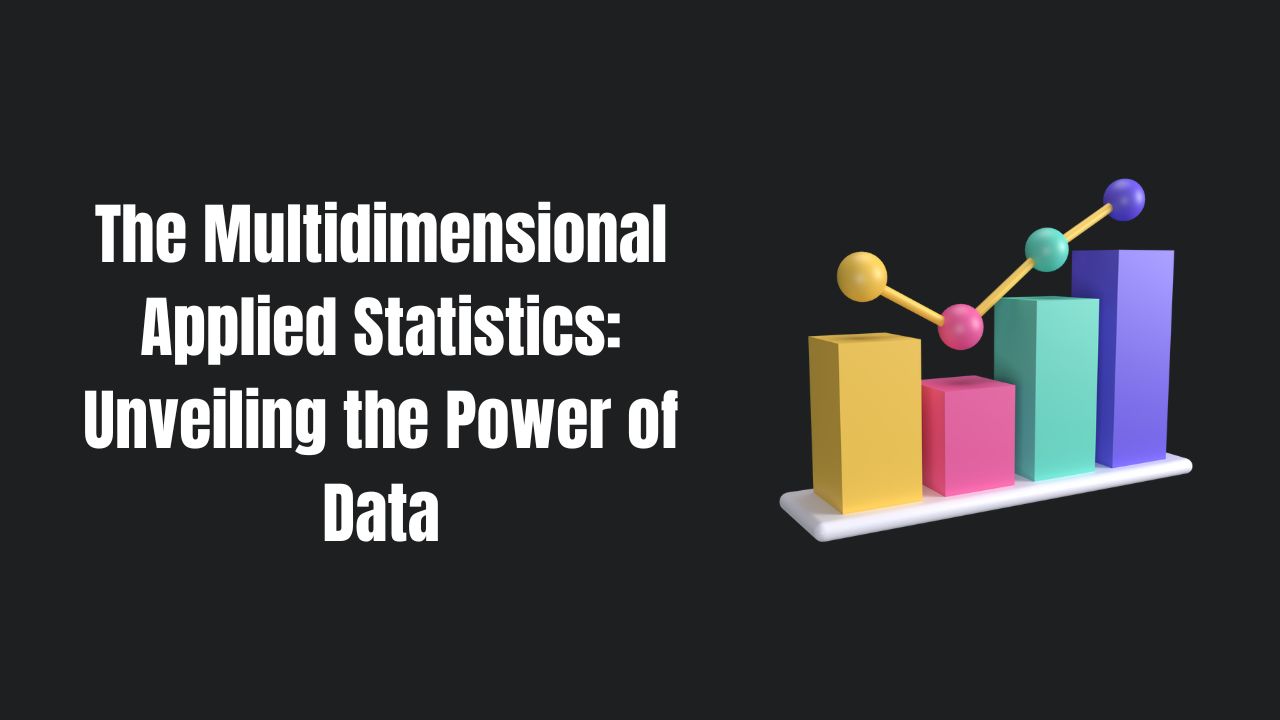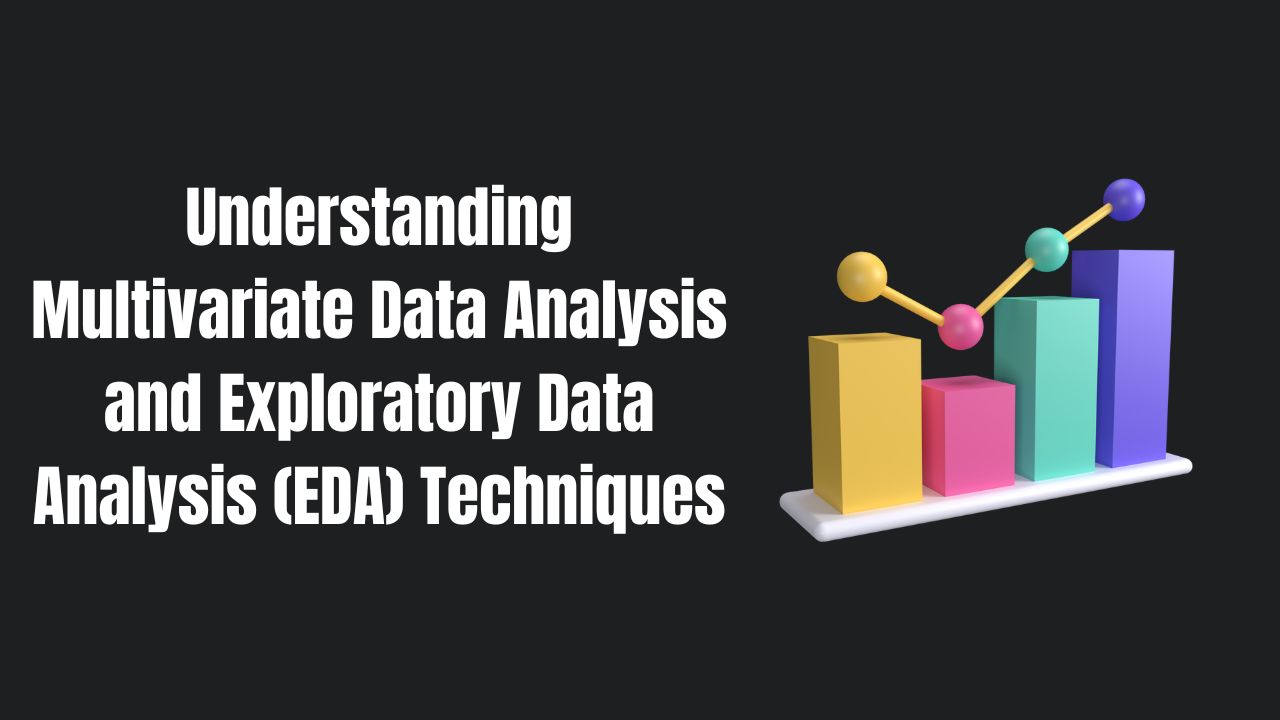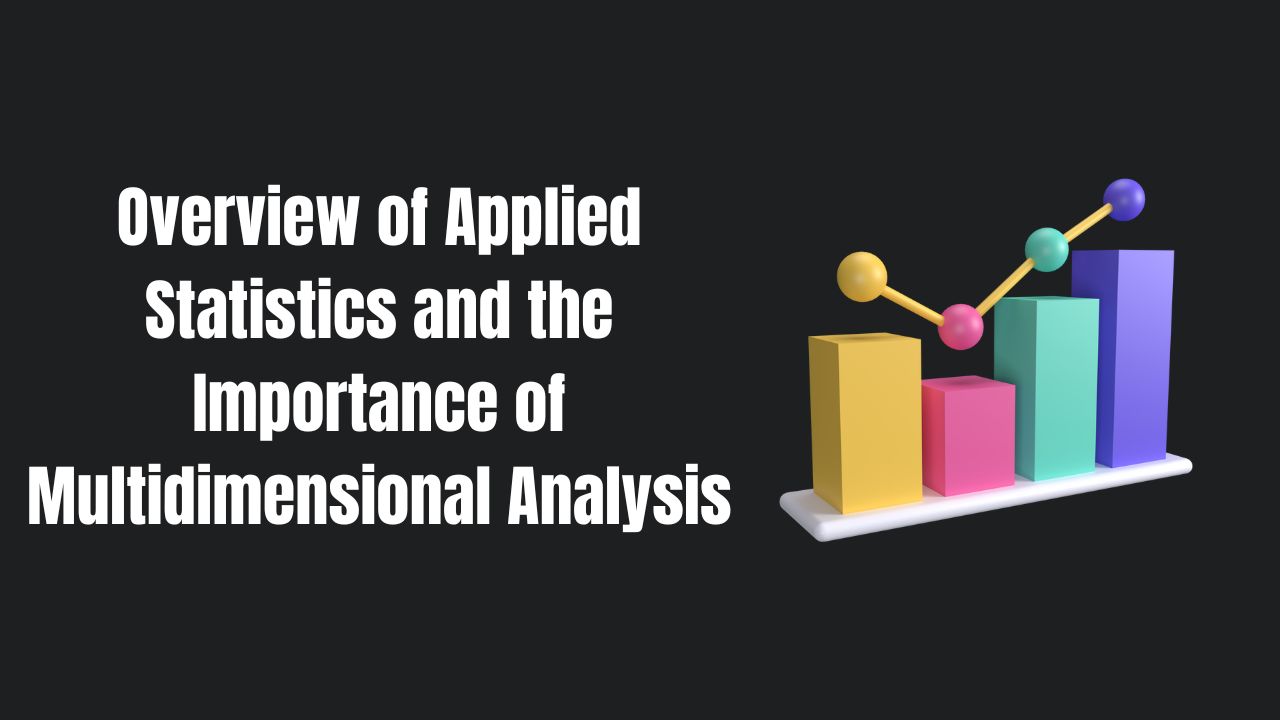Applied statistics plays a pivotal role in decision-making across various fields. In this article, we explore the fundamental concepts, the significance of statistical models and techniques, and the different types of statistical data.
Table of Contents
- 1 A. Definition and Core Concepts
- 2 Population
- 3 Sample
- 4 Descriptive Statistics
- 5 Inferential Statistics
- 6 Hypothesis Testing
- 7 B. Role of Statistical Models and Techniques
- 8 Regression Analysis
- 9 Hypothesis Testing
- 10 Probability Distributions
- 11 ANOVA (Analysis of Variance)
- 12 Time Series Analysis
- 13 C. Types of Statistical Data
- 14 Nominal Data
- 15 Ordinal Data
- 16 Interval Data
- 17 Ratio Data
A. Definition and Core Concepts
At its core, statistics is the science of collecting, analyzing, interpreting, and presenting data. It provides a systematic way to make sense of information and draw meaningful conclusions. Statistics is a powerful field that helps us make sense of data, draw conclusions, and make informed decisions. To navigate the world of statistics, it’s essential to grasp some fundamental concepts. In this article, we’ll explore key terms that form the foundation of statistical analysis.
Population
The term population refers to the entire group of items or individuals under study. It represents the complete set of data points that we want to understand or draw conclusions about. For example, if we’re studying the heights of all adults in a city, the population would include every adult in that city.
Sample
A sample is a subset of the population used for analysis. Since it’s often impractical or impossible to collect data from an entire population, we select a representative sample to draw insights and make predictions. The key is to ensure that the sample accurately reflects the characteristics of the population from which it’s drawn.
Descriptive Statistics
Descriptive statistics are methods used to summarize and describe data. They provide a snapshot of the main features of a dataset. Common descriptive statistics include the mean (average), median (middle value), and standard deviation (a measure of data spread). These techniques help us understand the central tendencies and variability within a dataset.
Inferential Statistics
Inferential statistics involve techniques for drawing conclusions and making predictions based on sample data. Instead of analyzing an entire population, we use inferential statistics to generalize findings from a sample to the larger population. This allows us to make educated guesses and assess the reliability of our conclusions.
Hypothesis Testing
Hypothesis testing is a fundamental concept in statistics. It involves evaluating hypotheses about data to determine if the results are statistically significant. Researchers formulate a null hypothesis (no effect) and an alternative hypothesis (an effect exists) and then conduct tests to assess whether the data supports the alternative hypothesis. Hypothesis testing helps us make decisions based on evidence and probability.
B. Role of Statistical Models and Techniques
Statistical models and techniques are the tools that statisticians use to gain insights from data. They help in making predictions, identifying patterns, and testing hypotheses. Here’s their significance:
Regression Analysis
Regression analysis is a statistical method used to model the relationships between variables and predict outcomes. For instance, consider a real estate agent who wants to predict house prices based on factors like square footage, number of bedrooms, and location. By performing regression analysis, they can create a model that estimates house prices, helping clients make informed decisions.
Hypothesis Testing
Hypothesis testing helps determine if observed differences are significant or simply due to chance. For example, in a drug trial, researchers may want to test whether a new medication is more effective than a placebo. By collecting data and conducting hypothesis tests, they can determine if the observed improvement is statistically significant, supporting the medication’s effectiveness.
Probability Distributions
Probability distributions describe the likelihood of different outcomes in a random process. A classic example is the normal distribution, often called the bell curve. It’s used in various fields, such as quality control, to assess the probability of defects falling within certain limits. This helps manufacturers maintain product quality.
ANOVA (Analysis of Variance)
ANOVA is a statistical technique that compares means between groups to assess differences. Suppose a researcher wants to compare the performance of students in three different teaching methods. ANOVA can determine if there’s a significant difference in their test scores, aiding in educational decisions.
Time Series Analysis
Time series analysis is crucial for analyzing data points collected over time to identify trends and make forecasts. For instance, businesses use it to predict future sales based on historical data. A retail company can analyze its sales data over the past few years to forecast demand for the upcoming holiday season, optimizing inventory management.
These fundamental statistical concepts play a pivotal role in various fields, from healthcare and finance to education and business. They provide the tools needed to extract valuable insights from data and make data-driven decisions.
C. Types of Statistical Data
Data in statistics comes in various forms, and understanding the scale of measurement is crucial for proper analysis. There are four main types of data scales, each with its own characteristics. Let’s explore them with examples:
Nominal Data
Nominal data consists of categories with no inherent order or ranking. These categories are distinct and cannot be mathematically compared. Examples of nominal data include:
- Colors (e.g., red, blue, green)
- Types of fruits (e.g., apple, banana, orange)
- Gender (e.g., male, female, non-binary)
In nominal data, you can’t say one category is “greater” or “lesser” than another; they are simply different categories.
Ordinal Data
Ordinal data represents categories with a meaningful order but unknown intervals between them. This means you can rank the categories, but you can’t measure the exact difference between them. Examples of ordinal data include:
- Education levels (e.g., high school, bachelor’s, master’s)
- Socioeconomic status (e.g., low income, middle income, high income)
- Customer satisfaction ratings (e.g., very dissatisfied, neutral, very satisfied)
While you know the order, you can’t quantify the difference in “value” between categories. For example, the difference between “high school” and “bachelor’s” isn’t a fixed quantity.
Interval Data
Interval data consists of ordered categories with known, equal intervals between them, but there is no true zero point. Examples of interval data include:
- Temperature in Celsius (e.g., 20°C, 30°C)
- IQ scores (e.g., 90, 100, 110)
- Years (e.g., 1990, 2000, 2010)
In interval data, you can measure the difference between categories, but you can’t say there is a true absence of the property at zero (e.g., zero degrees Celsius doesn’t mean there’s no temperature).
Ratio Data
Ratio data, the most precise scale, includes ordered categories with equal intervals and a true zero point. Examples of ratio data include:
- Height (e.g., 160 cm, 180 cm)
- Weight (e.g., 50 kg, 75 kg)
- Income in dollars (e.g., $0, $100,000)
Ratio data not only allows you to measure the difference between categories but also implies the absence of the property at zero (e.g., zero kilograms means no weight).
Understanding these data scales is essential for selecting the appropriate statistical analyses and drawing meaningful conclusions from your data.
Applied statistics is a versatile field that empowers decision-makers with the tools and insights needed to navigate complex data landscapes. Whether you’re examining market trends, conducting medical research, or studying social phenomena, a solid grasp of these core concepts, models, and data types is essential.
